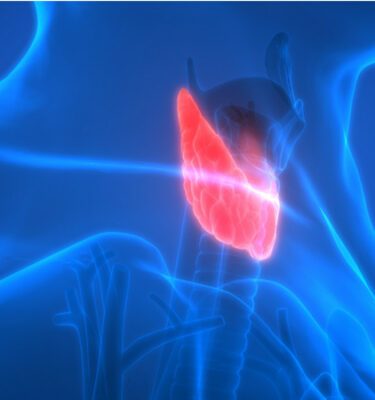Description
Background
Proteins are necessary for the growth, building and repair process of the body. They are necessary for the functioning of muscles and skin and play important roles in the regulation of acidity and blood clotting. The body is unable to use the proteins present in the diet before first breaking them down during digestion into smaller particles, called amino acids. Amino acids are the building blocks of proteins. Humans needs 22 different amino acids for the functioning of the body. These amino acids are subdivided into the essential, semi-essential and non-essential amino acids. The eight essential amino acids (isoleucine, leucine, lysine, methionine, phenylalanine, threonine, tryptophan and valine) are those which must be acquired via the diet.
Non-essential amino acids can be synthesised in the body from other amino acids, as required. Semi-essential amino acids (histidine, cysteine and arginine) can also be synthesised in the body but, in certain circumstances, they may be produced in insufficient quantity. Valine is also sometimes included among the semi-essential amino acids.
Amino acid profile
An amino acid profile provides valuable insight into many metabolic processes in a relatively simple way. Examples of disorders detected using this test are those concerning liver, intestinal and kidney function. Furthermore, it provides insight into deficiencies as a result of disruptions in amino acid metabolism.
24-hour urine collection is required for reliable amino acid analysis. The urine is collected over 24 hours in a container, to which a preservative has been added, a sample taken and sent to the laboratory. Following receipt of the results, comprehensive explanation is provided by KEAC for correct interpretation of the test. The results and the explanation are sent to both doctor and patient.
Why amino acid analysis?
Many people have hidden disorders in biochemistry, especially in amino acid metabolism. Such disorders may manifest in various symptoms and increased risk of certain diseases, or else play a secondary role in a disease process. An example is the inhibition of methionine metabolism (heterozygous or hidden homocysteinuria), which eventually results in occlusive vascular disease, a disorder occuring in 0.5-1.4% of the Western population. In addition to its use as a general health check-up, Amino Acid Analysis can be considered for the following diseases and symptoms:
– chronic fatigue, unresponsive to conventional treatment treatment
– frequent headache, migraine
– chronic gastrointestinal complaints or intestinal disorders
– intolerances to environmental factors, food or chemicals (Multiple Chemical Sensitivity).
– frequent infections and chronic inflammatory processes.
– psychological complaints such as depression, schizophrenia
– learning disabilities
– hyperactive behavior
– malnutrition, lack of growth
– neurological abnormalities
– family history of degenerative diseases
Interpretation of Amino Acid Analysis
The blood values of essential amino acids reflect an individual’s protein intake. Insufficient essential amino acid intake may be due to either insufficient protein intake or poor protein digestion or metabolism. Furthermore, disorders may be present affecting the permeability of the intestine, which can be confirmed using a bowel permeability test.
Identification
Gastrointestinal disorders can be detected by measuring excretion of citrulline, homo citrulline and gamma-aminobutyric acid. Under normal circumstances, the kidneys resorb the amino acids; however, if renal function is impaired, an increased quantity of certain amino acids will be excreted in the urine.
The conversion of some amino acids from essential amino acids is dependentupon specific vitamins and minerals, and deficiencies in zinc, magnesium, calcium, vitamins B1, B3, B6, folic acid and B12 may easily develop.
Inflammation causes reduced secretion of certain amino acids. During Phase II of liver detoxification, sulphurous amino acids are required and Amino Acid Analysis can determine whether these are present in sufficient quantity to allow this process to take place effeciently.
A further use of Amino Acid Analysis can be found by looking at the biosynthetic pathway converting methionine to taurine, which can be used to determine the risk for cardiovascular disease. Reduced function in this pathway will eventually cause secretion of homocysteine.
Methylation disorders areat the root of issues concerning stress management and blood pressure. Furthermore, depression can be observed when the serine/glycine ratio, and phenylalanine, tyrosine and tryptophan values are altered. Sleep disorders can also be caused by insufficient quantities of these amino acids.
Ammonia intoxication results in increased glutamine excretion, which can give rise to concentration disorders and behavioral problems.
Finally, any inborn metabolic disease can be detected using Amino Acid Analysis. Many of these diseases can occur without any noticeable symptoms, making recovery more difficult. To help with interpretation of your results, please send a clear description of your symptoms, together with previous laboratory results, if avaliable.





